NHL Inbox: Who should Sharks draft? Sabres' main issue? Cup winner traits?
Welcome to NHL Inbox, a monthly forum in which readers can ask me anything hockey related and I try my best to deliver an insightful answer.
Note: the questions below were lightly edited for clarity and brevity.
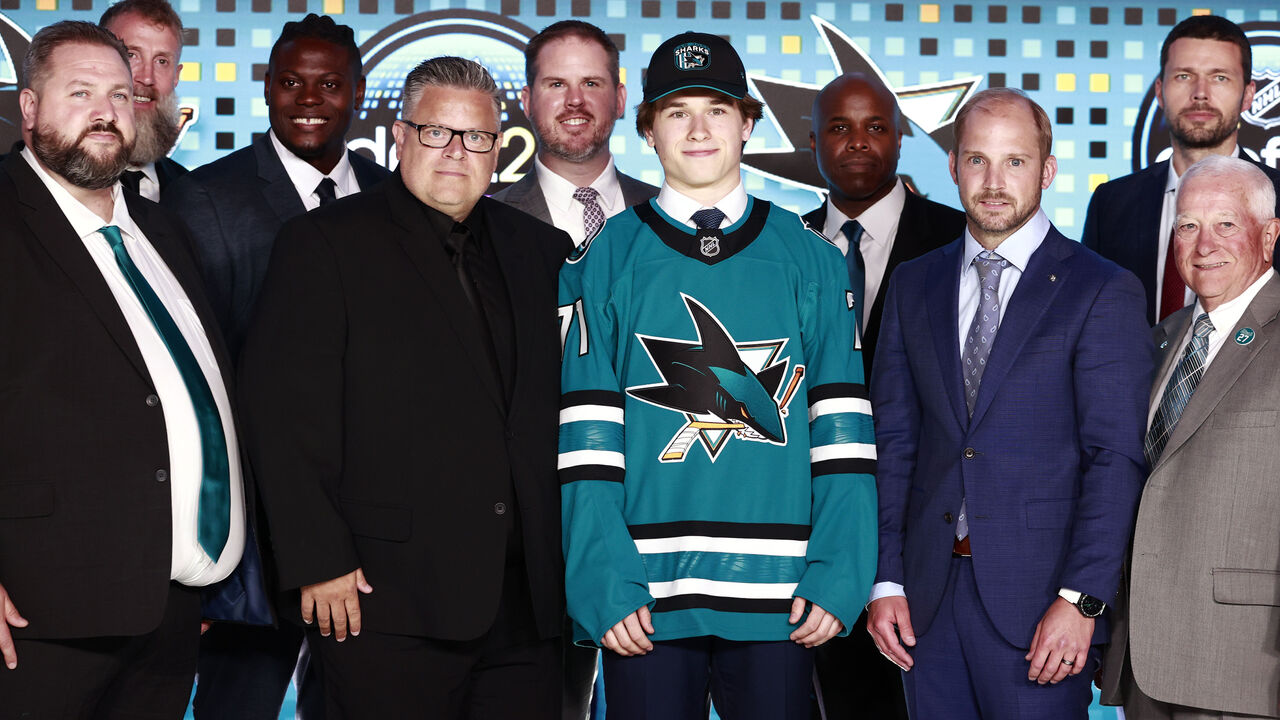
phonyspoon asks: If my Sharks win the draft lottery again, who should they draft? I've heard of the offensive prowess of players like Michael Misa and James Hagens, but SJ needs defense. Should they go for Matthew Schaefer?
San Jose, which finished last in 2024-25 with 52 points, has a league-high 25.5% chance of landing the top pick in Monday's draft lottery. Chicago (13.5%) and Nashville (11.5%) are the others with double-digit odds.
If San Jose wins, Schaefer's the obvious choice for two basic reasons. Most importantly, the Canadian defenseman is arguably the best player in the 2025 class, regardless of position. Secondly, defense is a position of need.
The Sharks already have a franchise center in 2024 first overall pick Macklin Celebrini. Don't overthink it, general manager Mike Grier, get yourself a complementary cornerstone blue-liner. Schaefer's an extremely intelligent player and elite skater who's capable of controlling the game like prime Drew Doughty. The OHL sophomore hasn't played in months after breaking his collarbone at the December world juniors, but there's no long-term worry.
San Jose used its second 2024 first on defenseman Sam Dickinson, another mobile two-way force. Dickinson brings a little bit of everything to the table, and projects to be a top-pair guy in the NHL, though he may tap out on the second pair. Schaefer's ceiling, meanwhile, is "one of the 10 best defensemen on the planet." His meh outcome? Still an average first-pair guy.
Dickinson and Shakir Mukhamadullin are San Jose's only exciting D-men 22 or under right now, whereas the forward group of the future is headlined by Celebrini (18), Quentin Musty (19), Will Smith (20), and William Eklund (22).
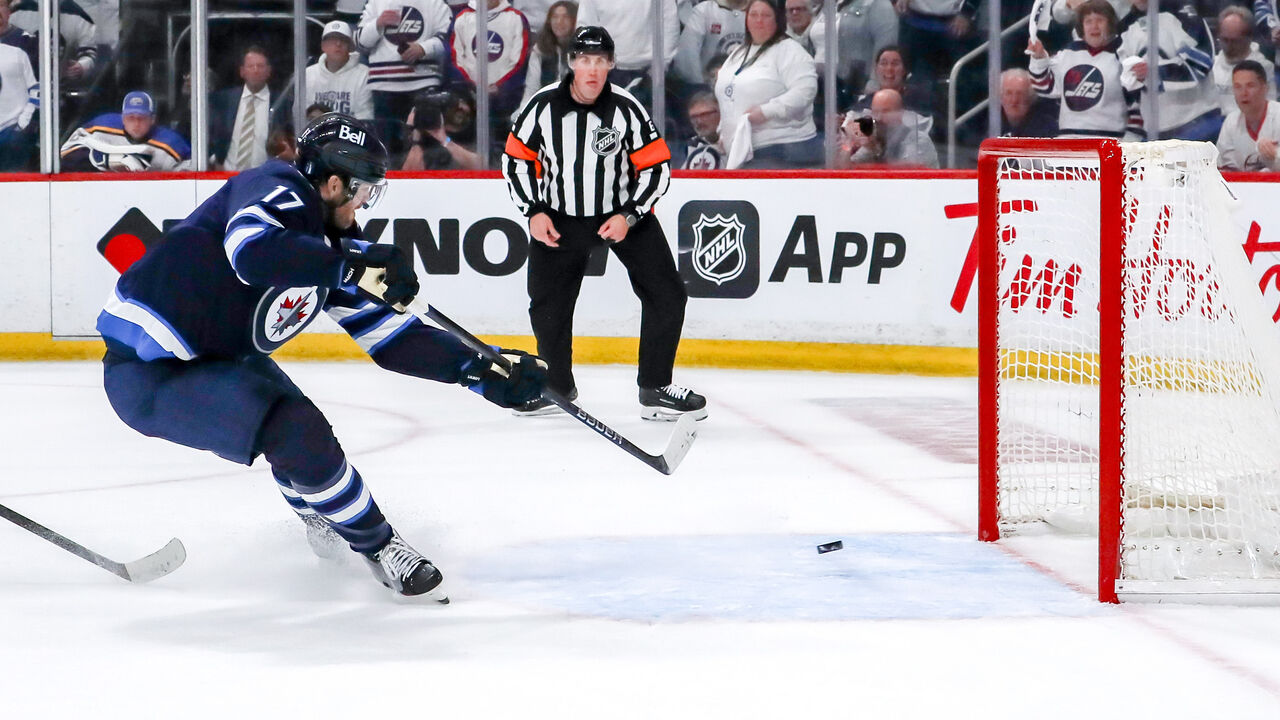
Ken S. asks: When a trailing team has pulled their goalie and the leading team has a breakaway to score an empty-net goal, why doesn't the trailing team's player on the heels of the puck carrier just tackle the guy, resulting in a penalty shot? That way the trailing team could bring their goalie back in for the penalty shot and at least have a chance of not giving up another goal.
Hate to burst your bubble, Ken, but if the puck carrier's tackled under these circumstances, there's no penalty or penalty shot. His team's given a goal.
The NHL's official rulebook lays it out clearly in Rule 25.1:
A goal will be awarded to the attacking team when the opposing team has taken their goalkeeper off the ice and an attacking player has possession and control of the puck (or would have gained possession and control) in the neutral or attacking zone, without a defending player between himself and the opposing goal, and he is prevented from scoring as a result of an infraction committed by the defending team.
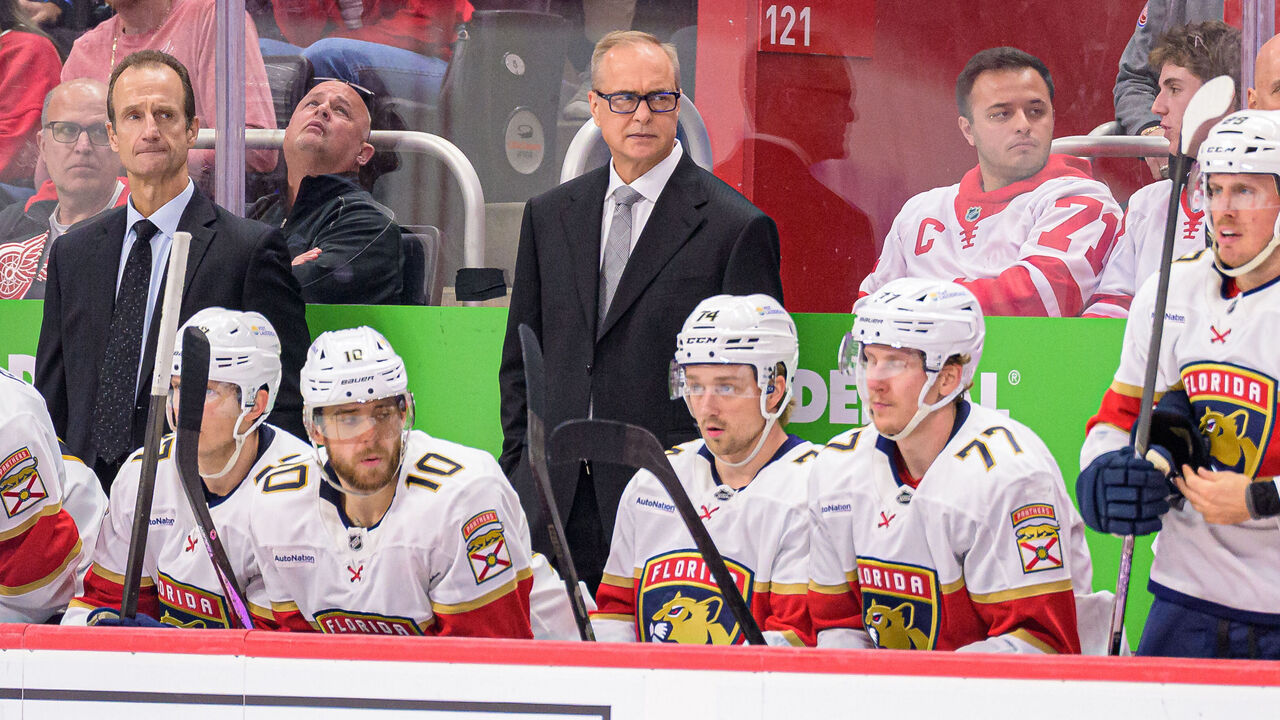
Blair B. asks: What's the most common statistical trait of a Stanley Cup-winning team? My best guess is playoff goaltending with a save percentage above .910, but perhaps that's not the most unique stat to review when considering playoff success.
Fantastic question, and from my research, Blair is definitely onto something.
The Stanley Cup winner has finished with a team save percentage above .910 in 13 of 19 seasons in the salary cap era, which began in 2005-06. Three others narrowly missed the cut: the 2013-14 Kings had a .910 SV%, while the 2008-09 Penguins and 2018-19 Blues were .908 and .907 clubs, respectively.
A penalty kill rate of 80% or higher also correlates well. Only four cap-era champions dipped below 80% (and the 2014-15 Blackhawks were at 79%).
All that said, I think the strongest signal of a Cup champ is an ability to bounce back in the middle of playoff games. All but four cap-era Cup winners were credited with at least four comeback wins during their respective runs. (Why focus on four? Four comebacks is an average of one per round.)
Any team, no matter how talented on paper and dominant shift-to-shift, is bound to trail for stretches on the road to 16 wins. The very best are resilient. They regroup instantly and assertively. Five champs averaged two or more comebacks per round: the 2005-06 Hurricanes (nine), 2008-09 Pens (10), 2013-14 Kings (eight), 2021-22 Avalanche (10), and 2022-23 Golden Knights (nine).
Florida's the consensus Cup favorite right now. The defending champs look unstoppable partly because nobody's counterpunch is as strong as theirs.
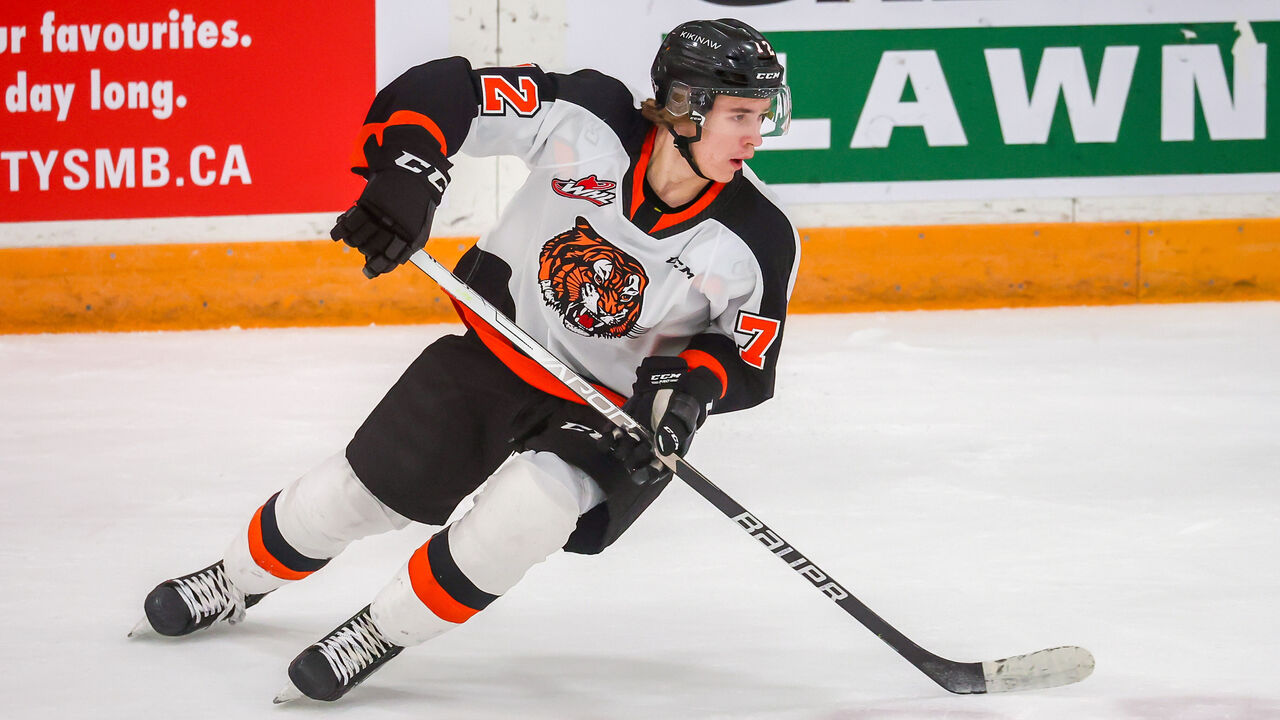
ebeck02893 asks: How do you foresee the new NCAA eligibility rule changing players' paths through the Canadian Hockey League? Will all the best 16-, 17-year-olds play in the CHL and all the best 18 or older players go to the NCAA or NHL? I think there's no way the USHL doesn't get ruined by this.
Some context: the NCAA announced last November that it's lifting a longtime ban on players who've played major-junior hockey in Canada. As noted in the question, the landmark decision has opened the door for high-end teens to play in the CHL and NCAA, not one or the other.
A total of 133 players from the CHL's three leagues - WHL, OHL, QMJHL - have committed to American colleges, according to Sportsnet's signing tracker. That seems like a massive number, but keep in mind most of the commits are older and not considered serious NHL prospects. Flames third-round pick Henry Mews is probably the biggest name to make the list so far.
While the amateur hockey landscape is changing, I don't think "all" the best North American teens will follow the same path of Canadian junior at 16 and 17 and American college at 18 and onwards. Some, but certainly not all.
One NHLPA player agent with a few clients still debating next steps told me that while the eligibility change creates more options, some players are simply far better suited for one of the routes. The CHL, for instance, provides a pro-style schedule. The NCAA, with no midweek games, offers extra time for strength training, and also may offer six-figure NIL deals in some cases.
"Most players on the fence are going to want to wait to see which NHL team drafts them before committing to any kind of change," the agent said. "They want to get a feel for what their team thinks is best for their development."
A major NCAA headline may soon be on the way.
Gavin McKenna, the consensus top prospect for the 2026 NHL Draft, has been heavily recruited. The Canadian has nothing left to prove in junior after posting 1.8 points per game over three WHL seasons. It makes sense for him to play his draft year at a major college like the University of Michigan.
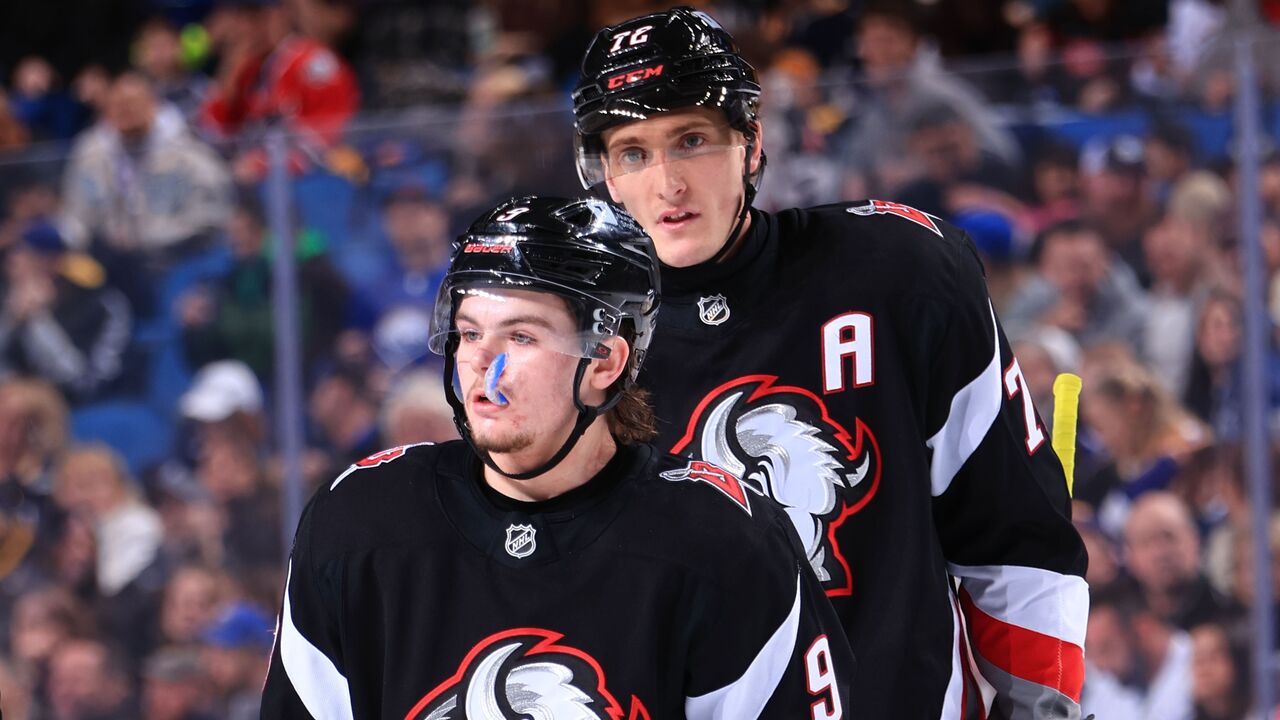
ddoroy39224 asks: What's wrong with the Buffalo Sabres?
It starts at the top.
Owner Terry Pegula isn't pouring enough money into the hockey operations department (no veteran president, a first-time GM, low overall headcount) or the on-ice product. The NHL is a highly competitive 32-team league and a club can't expect to contend for a playoff spot if its payroll is consistently well below the salary cap. The Senators are a case in point: they've gotten their act together on and off the ice in part due to heavy investment from ownership.
I like a lot of the individual pieces in Buffalo. But they haven't clicked cohesively on the ice. Year after year, the roster ranks as one of the league's youngest. The group desperately needs to add some useful veterans with playoff pedigree this offseason. The Sabres aren't just in a rut; they've failed to make the playoffs for a record 14th straight year.
Yes, what GM Kevyn Adams said earlier this season is true: there are no palm trees in Buffalo and New York taxes are high. But the Sabres' two best players, Tage Thompson and Rasmus Dahlin, can do only so much. The cap is going to rise exponentially over the next few years and Buffalo better flip the spending switch soon or the gap between it and playoff teams will further widen.
What do you want to know, hockey fans?
There are three ways to submit a question for future NHL Inbox editions:
- Comment on this article in theScore app
- Email senior NHL writer John Matisz at [email protected]
- Send John a message on Twitter/X (@matiszjohn)